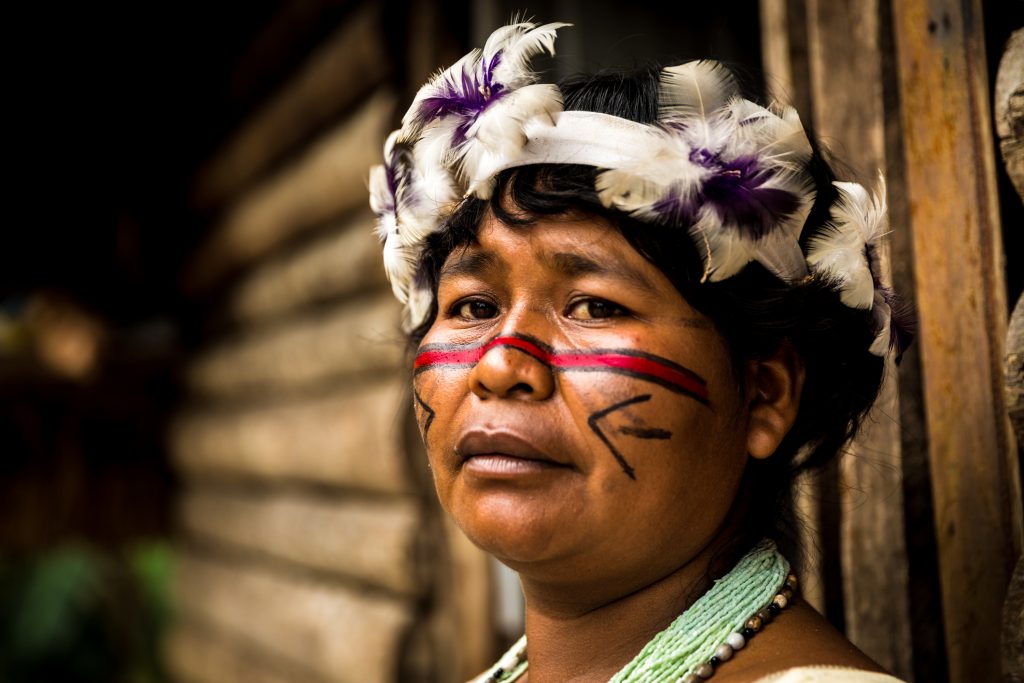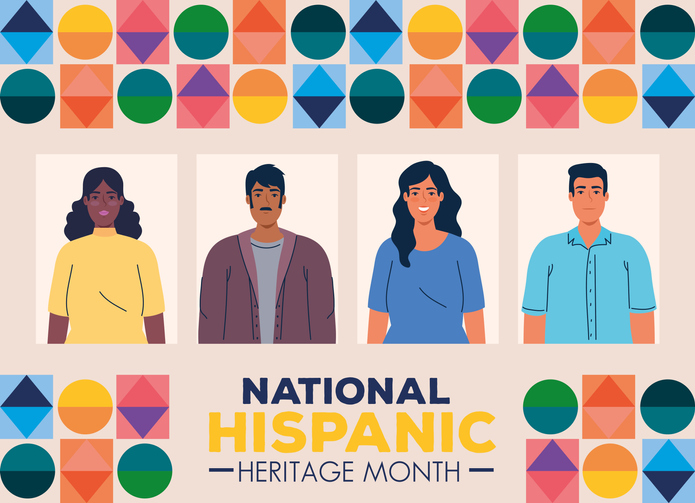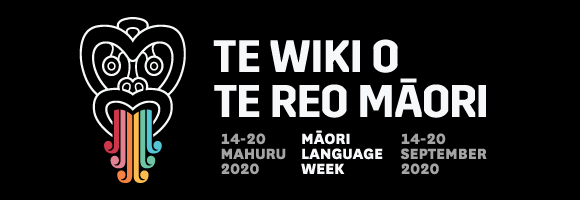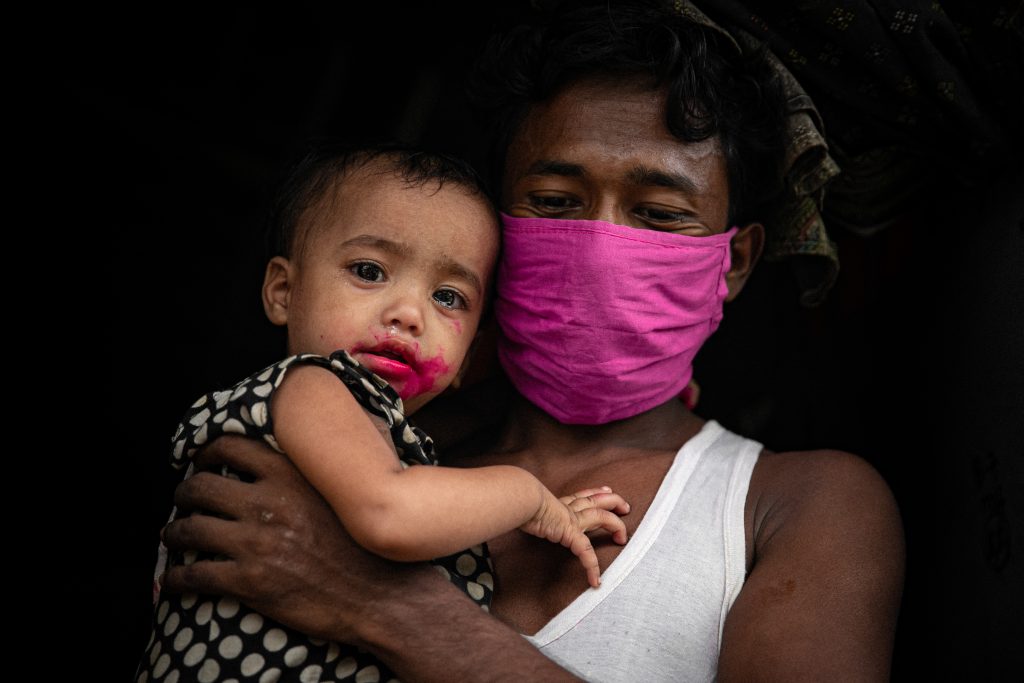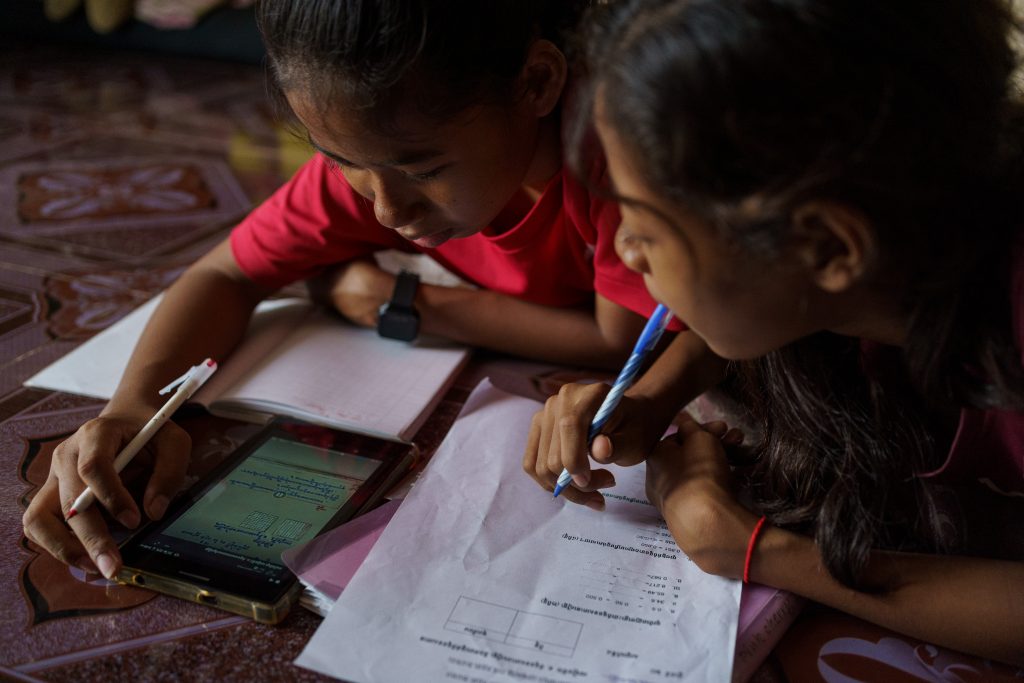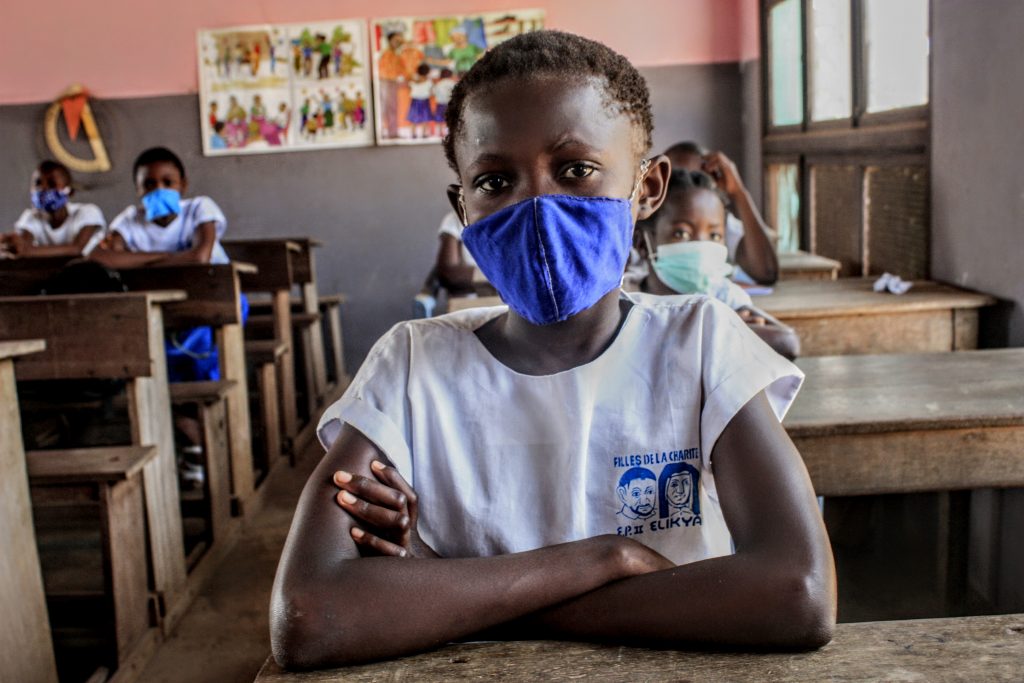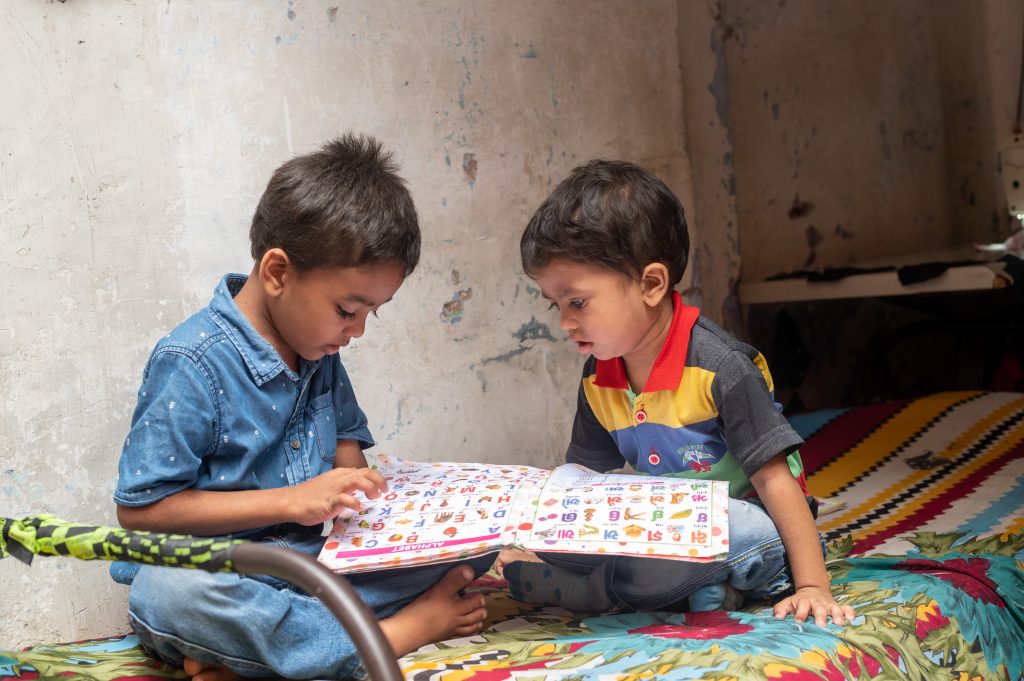Academic integrity is something every teacher strives to maintain in the classroom. We want our students to be honest in their work because this will better help them achieve long-term retention of the material taught in class and will teach them the importance of honesty, hopefully giving them the satisfaction of knowing they did a good job without having to take any shortcuts. In the world language classroom, there are three main areas of concern when it comes to academic integrity violations: plagiarism (passing someone else’s work off as their own), cheating (such as looking at someone else’s exam in class), and technology (the use of phones, translators, etc.). This article addresses some typical ways in which students may violate these areas, some red flags teachers can look for when grading assignments, some possible solutions, and challenges we face, including distance education.
Plagiarism in academia is often thought to be unique to English/language arts and possibly social studies. However, this is something that is prevalent in world language as well. While predominantly it occurs in upper-level courses such as Advanced Placement, there are some beginner- and intermediate-level teachers who assign projects or other writing assignments where it could become an issue. It is easier than ever for students to gain access to others’ works, and for a long time, this was very hard to combat because there were no tools available for world language teachers. When I first started teaching, all teachers were given access to the website Turnitin.com. While it is great for checking to see how much of the students’ work is original, it was only available in English. Fortunately, this website currently offers services in 17 non-English languages from various language families. And of course, with access to online resources readily available, this is one area where it is becoming easier to verify whether a student is demonstrating academic integrity or not.
Traditional cheating, such as a student looking at another student’s paper for exam answers, is something brick-and-mortar teachers face every school year. No matter how you set up the room, you are never going to find a foolproof method to prevent cheating 100% of the time. Also, we cannot monitor what students are doing outside of class, so we cannot prevent them from asking someone they know who speaks the language to help them with their assignment or getting help from a tutor. Unfortunately, in both of these cases, more often than not the people assisting the students give them the answers outright, whereas if they were asking for help from the teacher, they would guide the student toward self-discovery instead. With the recent outbreak of the COVID-19 pandemic, schools have moved to distance learning, and now teachers are faced with academic integrity issues they never imagined they would have to encounter.
Ask any distance education teacher and they will tell you that the biggest issue in assessing world language students is the use of online translators. Students do not understand that this is a form of plagiarism (Correa, 2011), so it is up to us to explain to them that it is someone else’s intellectual property. It took a team of people to input words in the various languages and to program the computer to match words across languages when users submit an inquiry.
Those new to detecting this kind of plagiarism might be wondering how to spot when a student has used an online translator. Based on my ten years’ experience teaching Spanish online, here are a few red flags I have seen. The most obvious is misspelled words in English. The translator does not recognize the misspelled word in English, and so it will not translate it. The output will leave the word spelled as the user typed it. Students either just copy and paste the translator’s output without checking it for English typos or they do not know how to spell the word in English. Idiomatic expressions can be another trigger. Most automated translators only look at the lexical input without regard to semantics. The translator goes word by word and does a literal translation, and so the output is inaccurate, whereas someone who used the internet for legitimate research would have found the correct match in the target language. For example, I typed in the phrase “Misery loves company,” and Google translated it to “La miseria ama la compañía,” as opposed to the correct idiom “El perro del horetlano ni coma ni deja comer” (The farmer’s dog doesn’t eat nor allow others to eat). The last one is grammar in the target language above the student’s competency level. If you see someone in a first-semester language class turning in an assignment that has such technical language and grammar that it looks like they are writing a dissertation, chances are that is not their own work, especially if they are getting a low grade in your class. One caveat you do need to take into consideration is that if the student is a native speaker or a heritage language learner, then most likely it is their own work, as their competency in the target language will be at a level higher than others’. The most egregious use of automated translation I’ve ever seen was from an AP language student who copied and pasted their entire essay final, including the disclaimer from the website “this text was translated by Google Translate.” Since it was the last day of the semester, the student only had a few hours to rewrite a five-paragraph persuasive essay or receive no credit for the exam.
One would think that with the detection tools available and teachers becoming savvier when it comes to this, students would be more likely to rely on their own work. Unfortunately, this is not the case. According to Danilyuk (2019), 68% of the over 70,000 undergraduate students and 43% of the over 15,000 graduate students surveyed admitted to having cheated in some form. That same study published a poll of approximately 71,000 students showing that almost half of them felt that cheating on homework was ethically/morally acceptable.
According to Correa (2011), students are unclear what is acceptable because with today’s technology they do not understand the difference between looking up a word in the dictionary and using a translator. If they are only looking up a few words and not having the site translate the entire text, they do not see it as cheating, and many new apps act more like translators than dictionaries. Correa calls this tramposos accidentals (accidental cheating) and argues that time constraints and cost–benefit analyses are other reasons for cheating, as the risk of getting caught is often low, while fear of failing, and/or repercussion of failing, can be high.
Now that we know the what and the why, what role can you, as the teacher, play to help reduce or prevent academic dishonesty?
To start, everyone needs to get on the same page, as some teachers do not enforce policies for various reasons, including not being in agreement with the policy, the penalties being too mild or too severe, and seeing it as too time-consuming (Correa, 2011). Inaction doesn’t just affect you, it affects your colleagues campus-wide. If a policy is not enforced in your class, students will try cheating next year or in another content teacher’s course. Not enforcing the policy leads to more students taking risks. “[Having] a policy that is not enforced or that is not enforced in a consistent manner is often more precarious than not having a policy” (Taylor, 2003, as quoted in Correa, 2011). “Word travels quickly among students who these faculty are, and student comments suggest their courses become particular targets for cheating… When more than a few faculty behave this way, it is hard to convince students that an ethic of integrity exists on campus and cheating can easily become the campus norm” (McCabe et al., 2001, as quoted in Correa, 2011).
Talk to students before this happens. Ask them what they think academic dishonesty is and why they think that is academic dishonesty. Tell them you have zero tolerance, and remind them they will be caught and it is not worth the pain. In my classroom, when I come across someone who has cheated, I do not just deal with the individual student and their parents, but I tell the whole class that I caught someone. Constantly reinforcing that this is unacceptable behavior and that there will be consequences, I find, deters students, and this stops being an issue sooner than later. If you know your student has a tutor, talk to the tutor if possible, or at least ask the parents to tell the tutor that they need to guide the student to find the answer, not give it to them. Students are more likely to retain information long-term if they are guided to discovery as opposed to being given the answer outright. Do an activity with a translator and show students why translators are ineffective.
While we will probably never be able to prevent cheating 100% of the time, if we understand what is considered cheating and students’ motivation, we can curtail future cheating by those individuals as well as deter others from cheating at the same time. Preventative maintenance helps, but enforcing school policy is the best deterrent. If there isn’t a policy, then work with your colleagues to be a trailblazer who creates one. Together we will help our students achieve their goal of learning while also preserving their academic integrity.
References
Correa, M. (2014) Traductores en línea como herramienta pedagógica en la clase de español: individualizando la revisión por pares. 97th Annual Conference of the American Association of Teachers of Spanish and Portuguese, Denver, CO.
Correa, M. (2011). “Academic Dishonesty in the Second Language Classroom: Instructors’ perspectives.” Modern Journal of Language Teaching Methods, 1(1), 65–79.
Danilyuk, J. (2019). “Academic Cheating Statistics Say There’s Lots of Work to Do.” Unicheck. https://unicheck.com/blog/academic-cheating-statistics/
Tom Beeman is a high school Spanish teacher at the California Virtual Academies, advocacy chair for the California Language Teacher’s Association, and a member of the American Council on the Teaching of Foreign Languages Distance Learning Special Interest Group. He has been teaching all levels of Spanish online for the past ten years.




